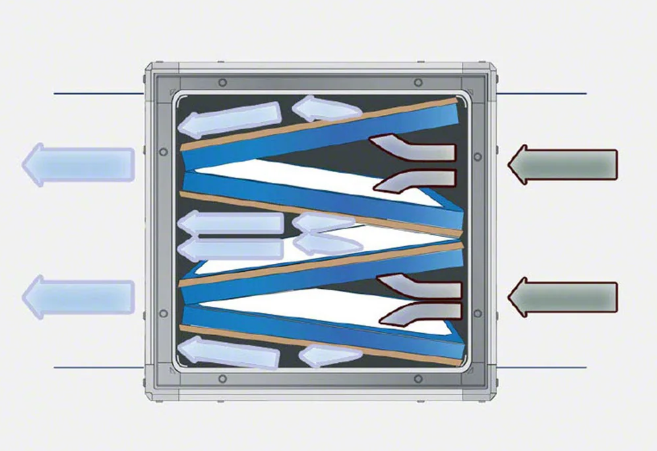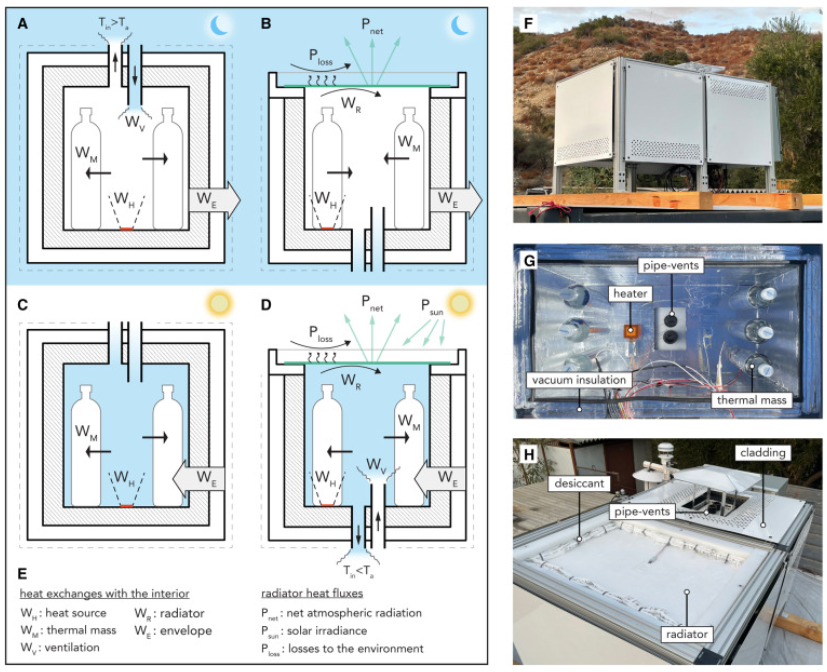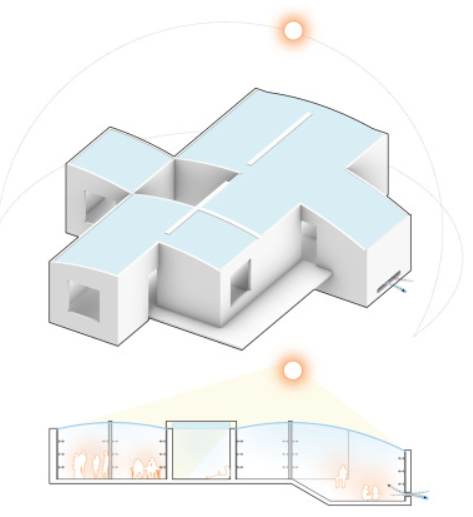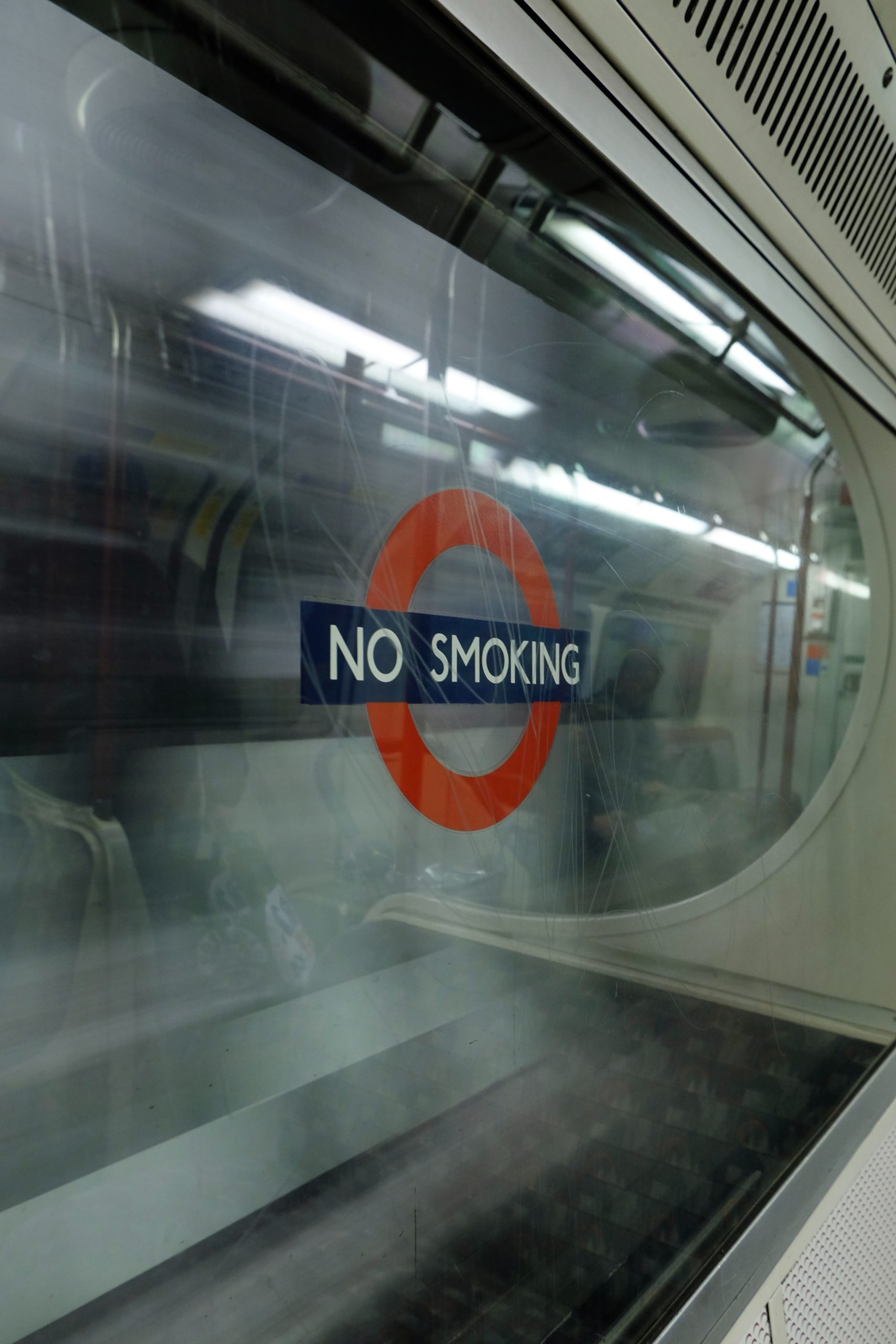Are there any new mold detectors on the market?
Are there any new "mold detectors" on the market?
If you have had a brush with illness-causing mold or suspect that there may be toxic mold growing somewhere in your home, we understand the desire for speedy detection and remediation! Often, the solution also has to lie within a modest budget. Traditionally, that demanded a trade-off between Do-It-Yourself (DIY) mold detection versus calling in professionals. We’ve written about DIY mold test kits and how they work, but what else is available when the mold can’t be seen? Ian Cull of the Indoor Air Quality Association made a three-part video on how to detect mold in walls, but we tend to advise homeowners NOT to do some of the things he mentions:
We recommend that you DON’T cut a large hole in your drywall with a saw to peek inside. This presents a number of problems: patching the hole if you don’t find mold, potentially cutting electrical wires or plumbing in the process, and disturbing mold that will be released throughout the home!
We recommend that you DON’T “sniff” around electrical or cable outlets for microbial volatile organic compounds (mVOCs): these are the musty, earthy smells that mold produces when it’s growing. The drawbacks are that there may not be an outlet where there’s mold, and of course, you’re inhaling mVOCs and potentially mold spores and mycotoxins, very deeply into your lungs! Instead, check out the VOCs and Mold Test option below.
Use a borescope (also called an endoscope or snake camera)–it’s a very small camera that can fit through a very small hole! Some have mirror attachments that can look at the back side of the drywall. They used to only be used by professionals, but now are available for under $100.
Looking for moisture: Since mold needs moisture to grow, a moisture meter is a cheap way to see if that moisture is present in the wall. A more expensive piece of equipment is an infrared camera, which sometimes requires experience to understand what you are seeing. However, these only find active moisture and mold problems (not if the area has dried out).
Lab-based methods: taking samples of the air in the room. This may cause elevated counts in that room, but it will not pinpoint the source of the mold. It may also not pick up mold in the wall.
Lab-based methods: taking samples of air within the wall. This is more specific to the area, however there’s not a threshold and this type of test may give false positives or false negatives.
Besides these (sometimes) destructive methods, we’ve written about blacklights that can show mold or water staining. Also, using an N-95 mask or equivalent, you could:
Carefully remove a baseboard to see if any mold is present at the bottom of the drywall or on the plate (wood stud sitting on top of the floor). You can also make a hole just above the plate but still under the top of the baseboard, if you want to do any testing in the wall cavity.
If you have pocket doors, you can peer into the cavity of the door to check the backside of the drywall.
If there’s carpet in the room, use a pair of pliers to pull the carpet away in a corner to see if there’s mold under the carpet or baseboard.
If you have access to the wall from the attic or the crawlspace, you can use a drill to drill through the top or bottom plate and use a borescope to see “into” the wall. Be sure to use a mask and plug up the hole afterward!
These are fairly standard ways to look for mold in a wall, but here are some new ones that have popped up recently.
VOCs and Mold Test: Because “black mold” like Stachybotrys does not always release a significant amount of spores unless it is disturbed, detecting mold that is enclosed in a wall can be difficult. However, microbial VOCs (mVOCs) are the gasses given off by mold, they can be more easily detected, and are exactly what this test specializes in. The sample pump and test tubes are shipped to you with instructions, which are also available in video form on the website. After sampling, the equipment and tubes are mailed back for analysis. The only difficult part of this test may be complying with keeping the outside doors closed for 24 hours before the test. It doesn’t detect mycotoxins, but where there’s mVOCs, there also may be mycotoxins. The real-time version of this type of testing is called zNose, and it’s used in airports and building security, food manufacturing, and many other industries to detect VOCs from trace explosives, chemicals and microbes.
The Healthful Home 5-Minute Mold Test is unique. The company has a patented way to check for Stachybotrys Chartarum and Penicillium/Aspergillus species using a swab test, which are just two of the most common toxic molds. The test seems similar to an at-home pregnancy test: use liquid from a swab sample to fill the reservoir on the mold detecting devices, and wait five minutes for the “positive” lines to appear. The test was reviewed by an actual mold inspector in this video and he found the results concurred with lab testing of the same sample. However, readings can sometimes be misleading on the at-home test. It’s a good start…we would like to see more tests like this.
Hire a rescue dog: According to this video, specifically trained dogs are 95% accurate. They point out the location, and are accurate and faster than other testing. Dogs that are specifically trained to be mold detectives are used in Canine Mold Detective. Buddy was the first dog trained in this way, initially trained for a thousand hours in three months, and he continues his training daily with his owner Lacey.
We at HypoAir have not physically reviewed this device, but the BioMatrix Mold Monitor is a unique in that it scans temperature, relative humidity, dew point, absolute humidity, and equilibrium moisture content (EMC), and feeds these into a mold algorithm to determine if the area around it is at a high risk for mold. The device is activated when the moisture meets one of 3 specialized sensors on the back of the unit, triggering an alarm that will alert you to potential problems. The product is powered by one 9-volt battery, which should last for 3 years (battery not included). It also comes with a Free Virtual Mold Inspection Service by a team supervised by Industrial Hygienists experienced with mold inspection and remediation. They can perform a virtual walkthrough of the environment by video call and a structural history review to identify the potential mold exposure risks associated with each incident. Once identified, they will be available to answer any questions, provide a suggested course of action, and offer helpful resources.
Sometime in the future, Unmanned Aerial Vehicles (UAVs or more commonly, drones) could be employed to detect indoor pollution sources. According to this study, people have begun to try using UAVs to locate indoor gas sources, and it actually could save money: one drone could replace an extensive sensor network.
For more advanced warning devices for mold, check out our article on leak detectors. Overgrowth of mold in your home is just too costly in terms of your health and money to repair damages, so it’s worth looking into detectors and safeguards to detect it or its precursor, moisture.
Photo by Ali Hajian on Unsplash


















